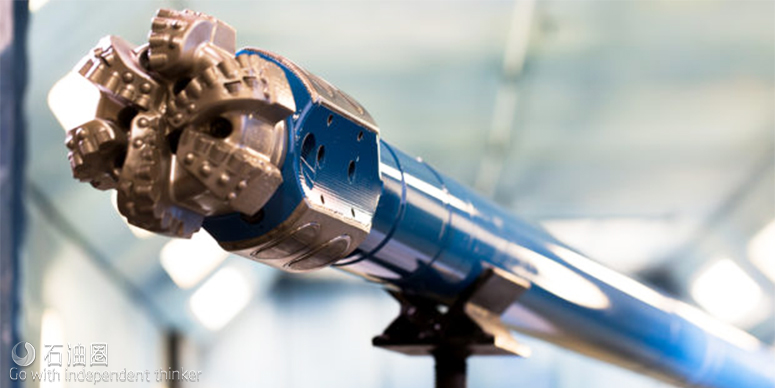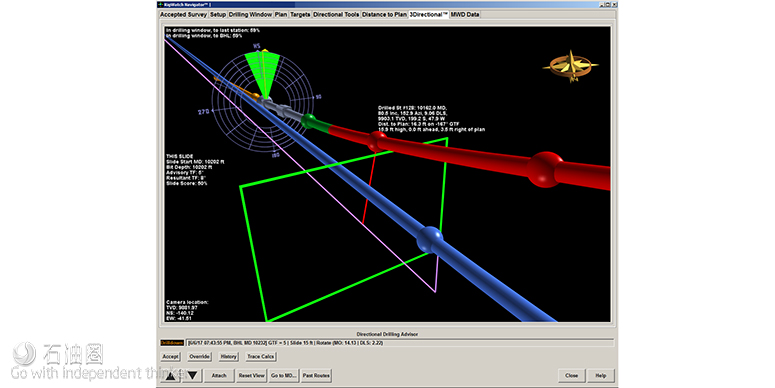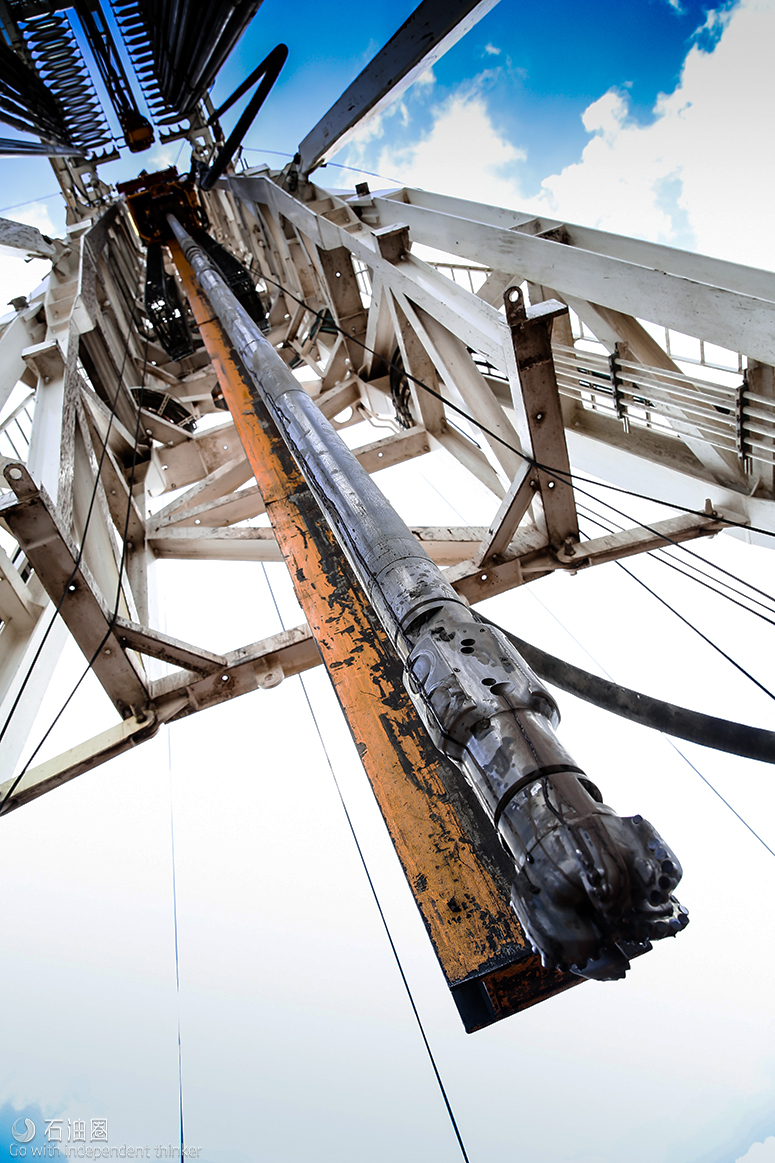Industry looks to rig integration, real-time monitoring, autosteering to help rotary steerable systems drill faster, last longer。
Today’s rotary steerable systems (RSS) are being developed with one primary goal: delivering high-quality wellbores at low cost. Some service companies are reducing costs by developing more durable tools that can drill for longer in harsh environments, while others are focused on reducing the cost of the tool itself by eliminating non-essential functions. At the same time, service companies are also looking to leverage real-time monitoring and data analytics to deliver the highest ROPs possible without inducing damaging vibrations. Drilling contractors, too, are developing RSS technologies that can integrate with their own rig equipment, software and controls.
Whatever approach a company takes to lower the costs associated with using an RSS, they’re all trying to deliver a high ROP with little downtime. “Our customers wanted to push harder. They’re under economic pressures to get a bigger return on their investment, so they want to spend less on their wells, which requires getting the wells done quicker with fewer failures,” said Paul Bond, Product Manager for Halliburton. “I think there’s pressure on the RSS providers to provide equipment and services that can drill faster, hit the targets and not fail. That’s where we have been since the downturn. It’s all about delivering the best value.”
As laterals become longer, RSS technologies must not only enable faster drilling but also endure extended runs, said Paul Neil, Director of Steerable Technologies for National Oilwell Varco (NOV). “We need to be able to develop the technologies so that they are durable, reliable and can handle the length of the run, while delivering a high-quality borehole.”
In this article, Drilling Contractor speaks with experts from Nabors Drilling Solutions, NOV, Halliburton, Schlumberger and Baker Hughes about their latest innovations and achievements in RSS technologies.
RSS highlights
Integration of rotary steerable systems with a drilling rig’s systems and software can enable new workflows and reduce costs.
Recognizing that mechanical changes alone can’t improve vibration management, RSS tools are being paired with real-time modeling and monitoring to identify deviations from optimum performance.
Further cost reductions are being sought by ruggedizing tools for improved durability and by eliminating non-essential sensors.
Integration for better workflows
The ability to integrate rotary steerable systems with a drilling rig’s systems and software enables new workflows and lower-cost wellbores, Joey Husband, Vice President of Global Operations for Nabors, said. In an expansion of its wellbore placement offerings, the company will soon introduce a new rotary steerable system. The system can be used on third-party rigs or paired with the company’s “Directional-Ready” rigs, which include integrated equipment and instrumentation to enable high-fidelity surveying and accurate placement into productive targets of long-reach lateral wellbores.
“We believe that by having Directional-Ready rigs featuring specially trained drillers, drilling performance software, and reliable MWD telemetry combined with our new RSS design, we will be able to deliver a game-changing value proposition for rotary steerable technology,” Mr Husband said.
Nabors has already used the new RSS to drill test wells in Norway and is now in the process of testing the new RSS on one of its rigs in Catoosa, Okla. The RSS, with a build rate of 15°/100 ft, has been under development since 2014. Rather than a push- or point-the-bit steering mechanism, it features continuous orientation control. The tool has near-bit inclination, directional sensors and a downhole closed-loop control mode. The near-bit sensors provide direct feedback to ensure appropriate positioning of the continuous orientation unit to stay on course. “We’re drilling a smooth wellbore because the measurements are close to the bit, so we see them quickly,” he said. “The tool automatically adjusts itself to ensure accurate steering at high penetration rates.”
To reduce wear and maintenance on the tool, Nabors designed the RSS without external moving pads. It’s also powered by a turbine, rather than batteries, to prevent having to pull the tool for battery replacements. “The basis for design was for a low capital investment and low maintenance cost but also the ease of use on our rigs, which would enable, for example, our drillers to pick up and run the tool without bringing any additional people onsite,” Mr Husband said.
The tool arrives at the wellsite preprogrammed and already designed to consolidate with the company’s proprietary instrumentation, equipment condition monitoring and data acquisition software, so it can be run by the driller with minimum onsite support.
Nabors has also developed software solutions to optimize rotary steerable performance. The company’s REVit system can be used with any rotary steerable technology to help reduce stick-slip while drilling. The system mitigates damaging drill string harmonics that occur under certain drilling conditions that can result in lower penetration rates and unplanned trips due to MWD and bit damage. “Upon sensing an abnormal harmonic from the drill string in the top drive accelerometers, our control software counteracts and destroys the vibration with quill movement control while drilling, thus attenuating high torque cycles seen in the string under certain conditions of rotational speed and weight on bit,” Mr Husband said. Preventing stick-slip can extend bit life and reduce nonproductive time.
Through Nabors’ RigWatch system, the contractor is able to monitor RSS operations from its RigLine 24/7 remote operations center in Houston. “A single directional driller at a remote operations center can oversee four to five rigs at a time, providing additional expertise to the directional drillers at the wellsite,” Mr Husband said. “We’re able to take a great directional driller and put them in a central location to monitor and to assist in drilling multiple wells at the same time versus having that particular expertise committed to one rig.
“Having highly experienced directional drillers oversee multiple rigs remotely helps the contractor scale up activity,” Mr Husband continued. “Our ability to take capable and experienced people and have them manage multiple rigs will mitigate the impact of the normal staffing constraints during an upcycle that we’ve seen in the past.”
No-frills options
While sensors on the RSS tool can provide data needed to guide a directional drilling operation, they also represent added costs. When drilling well-understood onshore fields, operators may not need such additional features while drilling lateral sections. Recognizing this opportunity for cost reduction, NOV is developing a fit-for-purpose RSS for drilling lateral sections in unconventional wells, the VectorEDGE system, which eliminates near-bit sensors and built-in MWD equipment to cut the cost of the RSS in half.
“We wanted to strip out all the bells and whistles that weren’t mission-critical to drill these lateral sections to keep the cost down,” Mr Neil said. The push-the-bit VectorEDGE system is currently available in the 6 ½-in. size, enabling applications in holes from 7 7/8 to 8 ¾ in.
NOV designed this RSS to require minimal interaction at the drill site. The tool has a closed-loop trajectory feature so that it can autonomously adjust its aggressiveness to align with the directional plan based on data from sensors. “It’s autonomous in the sense that you don’t always have to continuously send steering instructions, known as downlinks, to the tool to steer it,” Mr Neil said. Revisions to the well plan or a geological change in the formation may still require downlinks to be sent, however.
When downlinks are sent, it’s done via pipe rotation, which is considered to be more reliable than using mud hydraulics, he explained, adding that downlinking for the VectorEDGE system has been tested to 27,000 ft. The directional driller inputs the desired toolface and aggressiveness into the software, which notifies the directional driller how to change the pipe RPM to send a new steering instruction.
Although the tool does not have an MWD system built in, NOV designed it to be compatible with any mud-pulse or electromagnetic telemetry MWD system, should the operator or directional company want to utilize one. It can also be attached to a motor, should the operator wish to increase RPM to deliver higher ROP.
NOV began designing the VectorEDGE system in 2012. Preliminary testing, including some performed on NOV’s test rig in Navasota, Texas, took place in 2014 and 2015, and dedicated field tests in West Texas and the Northeast US have been ongoing since 2016. Early results have shown that, when run with an NOV bit and motor, the tool can achieve the same or higher level of performance as other RSS tools on the market, Mr Neil said. “Because we are focusing on cost so much, if we can drill a well as fast and as accurate but at a lower cost, then it can really impact our customers’ economics.” The company is targeting full commercialization of the tool by the end of 2017.

 石油圈
石油圈


